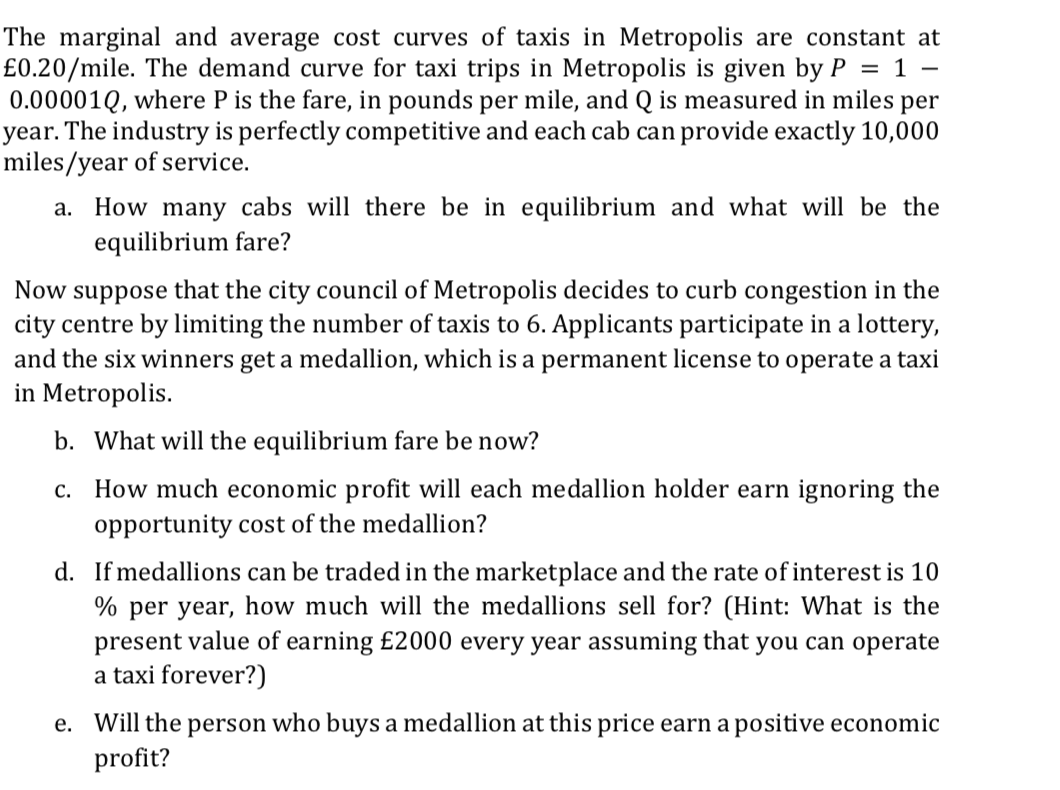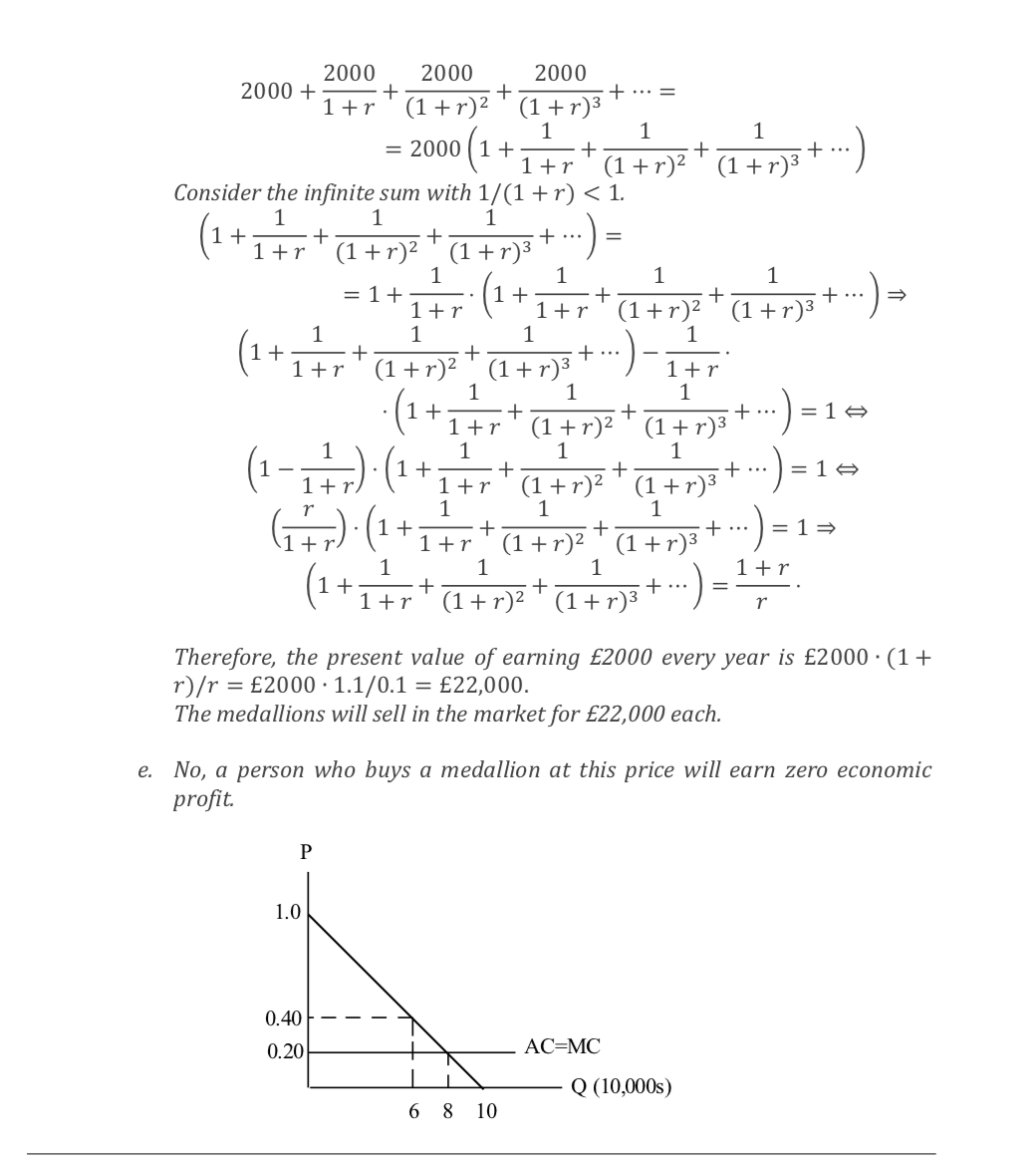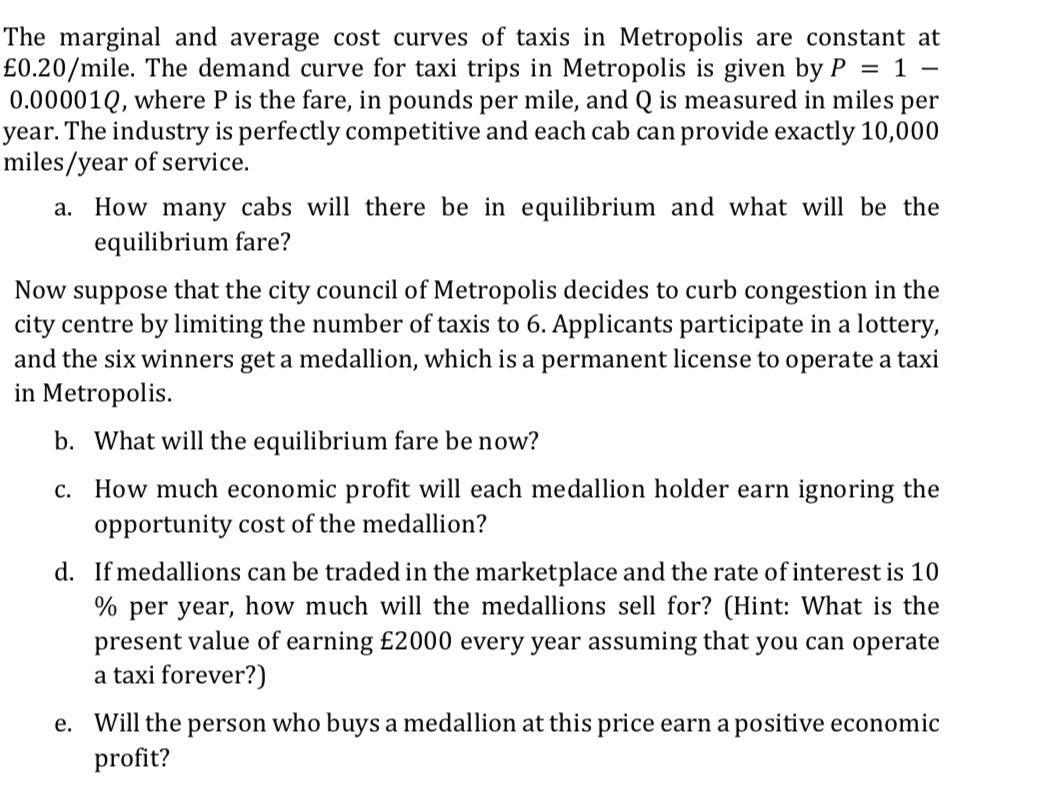Answered step by step
Verified Expert Solution
Question
1 Approved Answer
2000 + 2000 + 2000 + 1+r (1 +1)2 (1 +103 2000 (I + 1 + 1 + 1 + ) _ 1+r (1+:r)2 (1+r)3



Step by Step Solution
There are 3 Steps involved in it
Step: 1

Get Instant Access to Expert-Tailored Solutions
See step-by-step solutions with expert insights and AI powered tools for academic success
Step: 2

Step: 3

Ace Your Homework with AI
Get the answers you need in no time with our AI-driven, step-by-step assistance
Get Started


